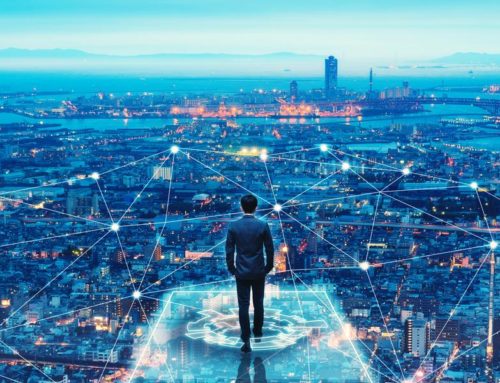5 Benefits of The Awesome Virtual Reality Technology
Virtual reality technology has such great potential to change the future for a number of fields, for instance in medicals, businesses, architectures to manufacturing. Psychologists and other medical professionals use VR to improve traditional therapeutic methods and find effective solutions for PTSD treatment, anxiety and social disorders. Doctors use VR to train medical students in surgery, treat patients’ pain and even help paraplegics regain bodily functions.
In business, various industries also benefit from VR. Car makers create safer vehicles, architects build stronger buildings and even travel agencies use them to simplify vacation planning.
Here are some of the amazing VR functions:
1. No More Dentist Nightmare
Dentists can immediately use virtual reality to distract patients and reduce their anxiety and pain. A recent study tested 79 patients, completing a third of them with VR headsets depicting a beach scene, one third with Cityscape VR and the remaining third without VR at all.
Patients who experienced VR beach scenes reported experiencing “much less pain” compared to the other two groups. The patients who saw VR city did not feel this – it was a soothing sight that helped diverting attention and calm patients, not just VR itself.
2. Employees training
Walmart uses virtual reality to train employees in its stores. Partnering with virtual reality startup, STRIVR, Walmart uses virtual reality technology in its training academy to help employees experience real-world scenarios. Employees can experience a holiday rush or messy shop atmosphere, and learn how to respond and handle these sequence effectively.
3. For recovery for those who suffer from paralysis
A year-long study conducted by Duke University found the great benefits of virtual reality technology for paralysis. Patients wearing VR headsets were assigned to move through the stadium because soccer players could regain some of the brain functions associated with moving their legs. Of the eight patients tested, each regained some control and the other four increased from full paralysis to partial paralysis.
4. To Help in Business
Businesses start using VR in several ways: to reduce costs, reduce business travel, conduct interviews, give tours, forecasts trends and hold meetings. Instead of travelling for conferences or meetings, or interviewing candidates “face to face,” companies use virtual conference rooms.
Businesses that have dangerous products or are in the early stages of using VR to test safety and function without endangering employee health.
5. For a Better Architect Model Design
Virtual Reality will benefit key players in the construction field such as architects and designers. This tool allows users to virtually inhabit space in three dimensions. Computer-generated images will replace hand-drawn rendering – ultimately reducing the time spent on recreating layouts and images, effectively reducing costs and improving safety.
Real-world simulations will not only allow designers to more easily create buildings and space – from lighting to the floor to the foundation – but that will also let designers test the environment before actually building it. For example, they can realistically understand how quickly someone can get out of a building in an emergency.
–




